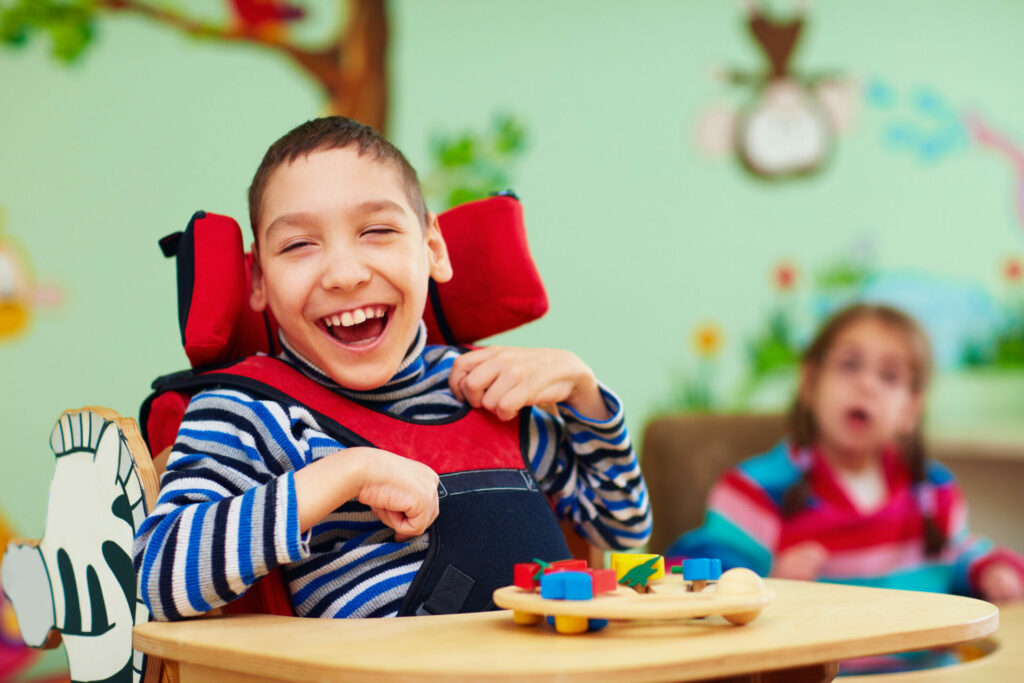Unlocking the Energy of Speech Therapy: A Path to Communication Success
It is a well-known and efficient form of psychotherapy that is aimed at treating diverse mental health conditions and enhancing overall wellbeing. Based on the principles of research-based learning, the field of behavior therapy focuses on understanding how particular behaviors form and the ways they can be modified through evidence-based techniques. This approach to therapy is rooted by the belief that unadaptive actions are learned responses that respond to stimuli in the environment and may be unlearned or replaced with better alternatives.
Speech therapy encompasses a wide variety of methods and strategies that are designed to treat problems with speech and language in everyone of any age. Whatever the cause or language difficulties and stuttering or other voice problems, speech therapists utilize techniques that have been proven to be effective in assessing diagnosing, treating, and addressing these problems. Through individualized plans for therapy, therapists aim to enhance the ability to communicate, increase confidence, and increase the overall quality of life for their patients.
One of the key techniques used in behavior therapy is cognitive-behavioral therapies (CBT) that focuses on the interplay between thought as well as feelings and actions. By challenging negative thought patterns and swapping them for more adaptive ones, individuals are able to alter their behavior and emotional reactions. CBT has been thoroughly studied and proved to be successful in the treatment of a range of mental health issues, including depression, anxiety disorders, PTSD, and eating disorders. Its structured and goal-oriented nature can be particularly effective for treatment that is short-term.

Following the completion of the assessment After the assessment is completed, the therapist consults with the individual and their families to come up with a custom speech therapy program. This plan often includes a variety of strategies and exercises aimed at making sure that the individual is able to meet specific language and speech targets. It could comprise articulation activities such as language drills, methods to increase fluency, speech therapy, and alternative ways of communication such as the use of augmentative or alternative communications (AAC) devices. Therapy providers can provide direction and help for family members regarding how to encourage communication within the family.
In recent years, behavior therapy has evolved to incorporate advances in technology, leading to the concept of telebehavioral services as well as digital interventions. Innovative methods rely on platforms such as mobile apps as well as virtual reality and the use of teleconferencing to improve accessibility to treatment, increase therapy adherence and provide constant support for patients outside of traditional therapy settings. Moreover, the integration of cognitive-behavioral strategies has enhanced the effectiveness of behavior therapy through addressing cognitive dissonances and promoting mental restructuring.
Alongside the individual counseling, behavioral therapy is offered in different forms, such as group therapy and self-help interventions. The group therapy program gives people the opportunity to learn from other people who are facing similar issues, receive support and feedback, and practice new skills within a safe and supportive setting. Self-help strategies, such as the workbooks or online resources let individuals be able to participate in therapy at individual pace and at their own convenience. They can be particularly helpful for those who have little access to conventional therapy, or who would prefer an independent treatment.
